Discover the fascinating world of the San Pedro Cactus with this complete guide on how to grow, care for, and appreciate this unique species in your home or garden.
The San Pedro Cactus (Echinopsis pachanoi) is a remarkable and captivating plant that has garnered attention from cactus enthusiasts and plant lovers alike. Native to the Andes Mountains of South America, this columnar cactus is known for its distinctive blue-green hue, majestic height, and fascinating history. Whether you’re an experienced grower or a beginner, cultivating a San Pedro cactus can be a rewarding and enriching experience. In this comprehensive guide, we’ll cover everything you need to know about growing, caring for, and appreciating this remarkable species.
Here’s a detailed information chart for the San Pedro Cactus:
| Aspect | Details |
|---|---|
| Botanical Name | Echinopsis pachanoi (formerly Trichocereus pachanoi) |
| Plant Type | Perennial cactus |
| Zones | USDA Zones 8-10 |
| Exposure | Full sun to partial shade |
| Bloom Time | Summer |
| Height/Spread | 10-20 feet tall and 2-6 feet wide |
History and Origins:
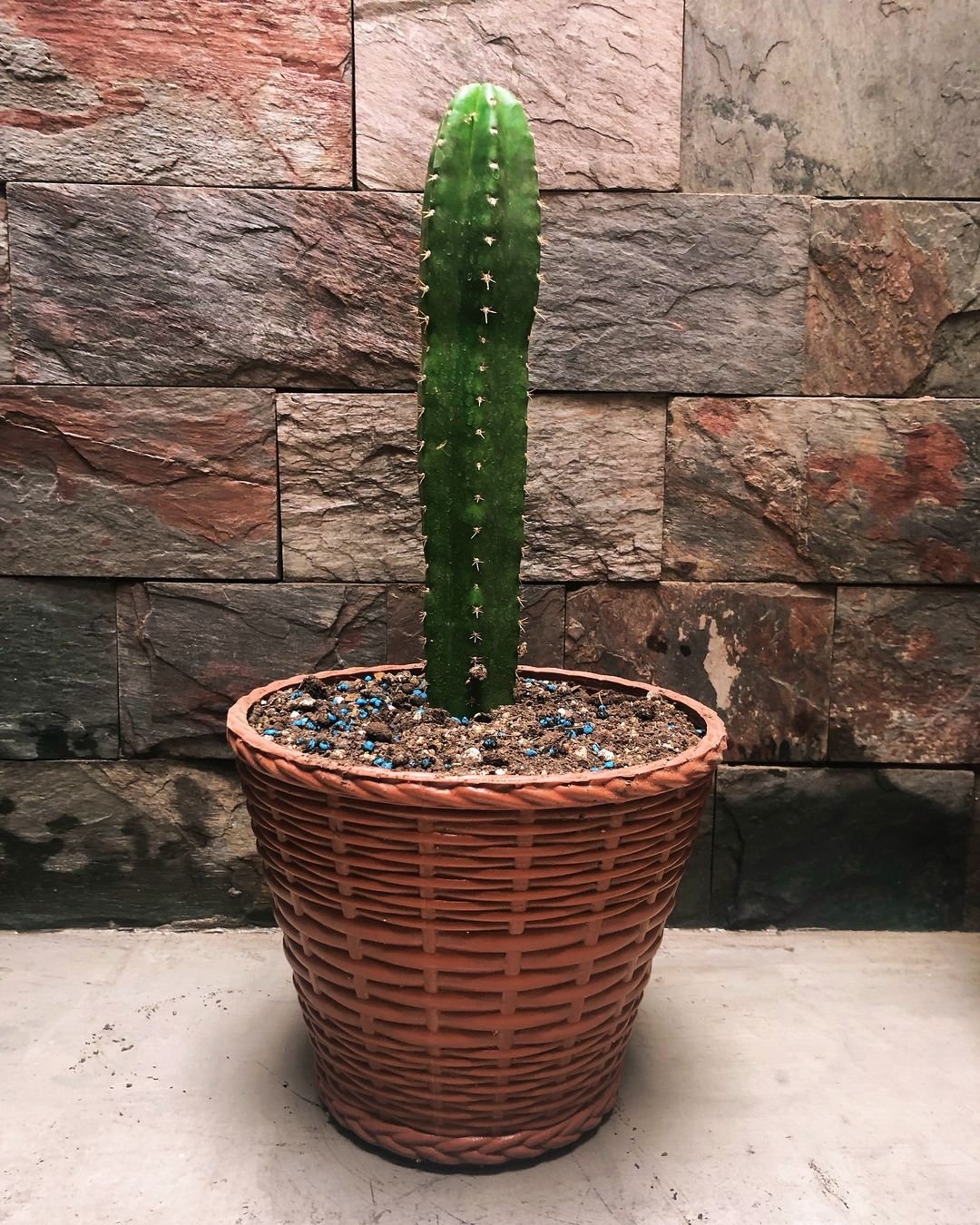
The San Pedro cactus has a rich cultural and spiritual significance in the regions where it originates. Indigenous communities in Peru, Ecuador, and Bolivia have revered this plant for centuries, using it in traditional ceremonies and rituals. The cactus’s name is believed to be derived from the Spanish term “San Pedro” (Saint Peter), reflecting its venerated status.
Today, the San Pedro cactus is cultivated worldwide by cactus enthusiasts, botanists, and those interested in its unique properties. However, it’s crucial to note that the cultivation and possession of this cactus may be regulated in certain areas due to its psychoactive compounds. Always familiarize yourself with local laws and regulations before attempting to grow or acquire this plant.
Growing San Pedro Cactus:
1. Climate and Environment:

The San Pedro cactus thrives in warm, dry climates similar to its native habitat in the Andes. If you live in a region with hot summers and mild winters (USDA hardiness zones 9-11), you can grow this cactus outdoors. In cooler climates, it’s best to cultivate it as an indoor plant or in a greenhouse.
2. Soil and Potting:
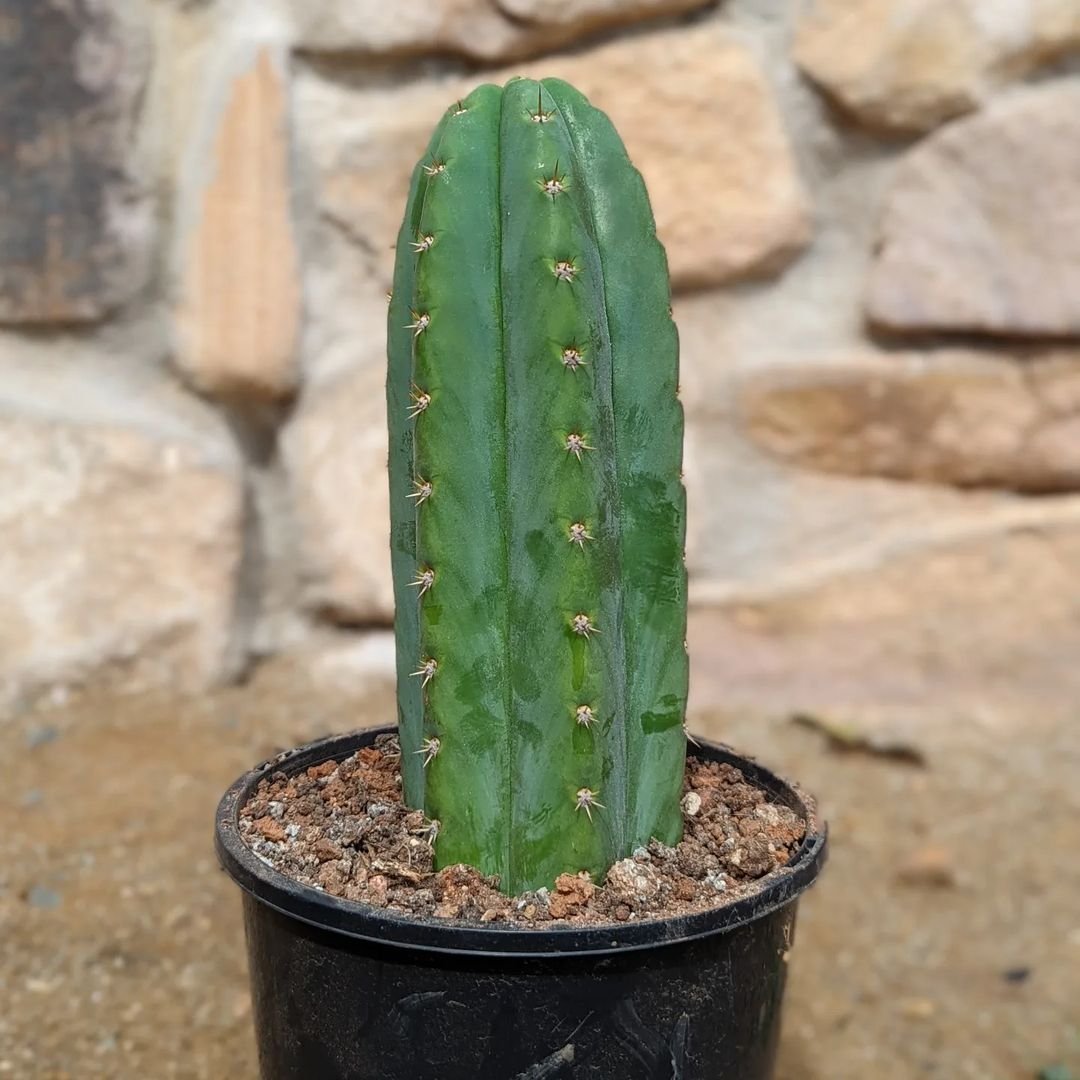
San Pedro cacti prefer well-draining soil mixes specifically formulated for cacti and succulents. A combination of potting soil, coarse sand, and perlite or pumice can provide the necessary drainage and aeration. Choose a pot or container with ample drainage holes to prevent waterlogging.
3. Sunlight Requirements:
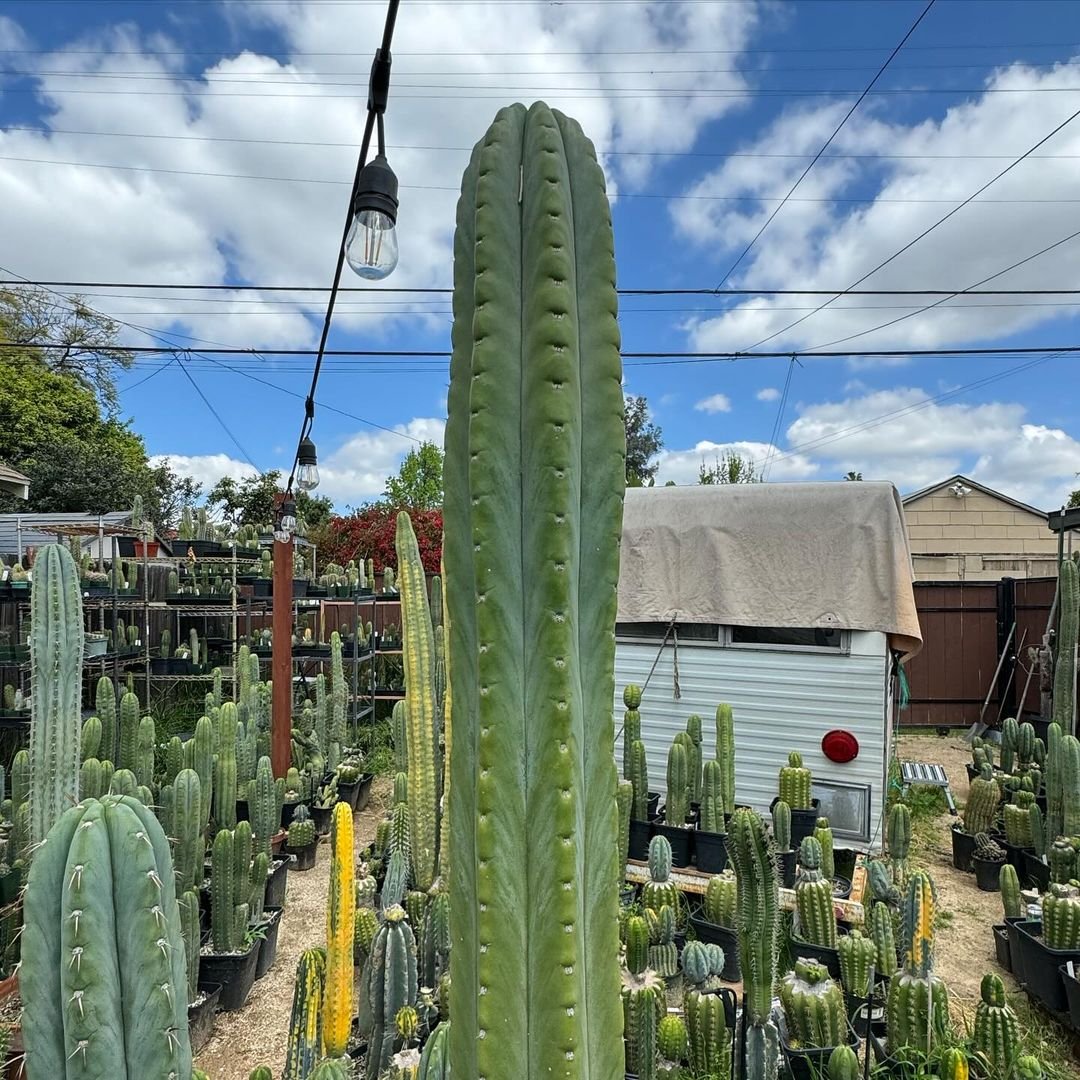
Like most cacti, the San Pedro cactus thrives in full sun exposure. Aim to provide at least 6-8 hours of direct sunlight per day, especially during the growing season. If grown indoors, place it near a south-facing window or supplement with grow lights.
4. Watering:
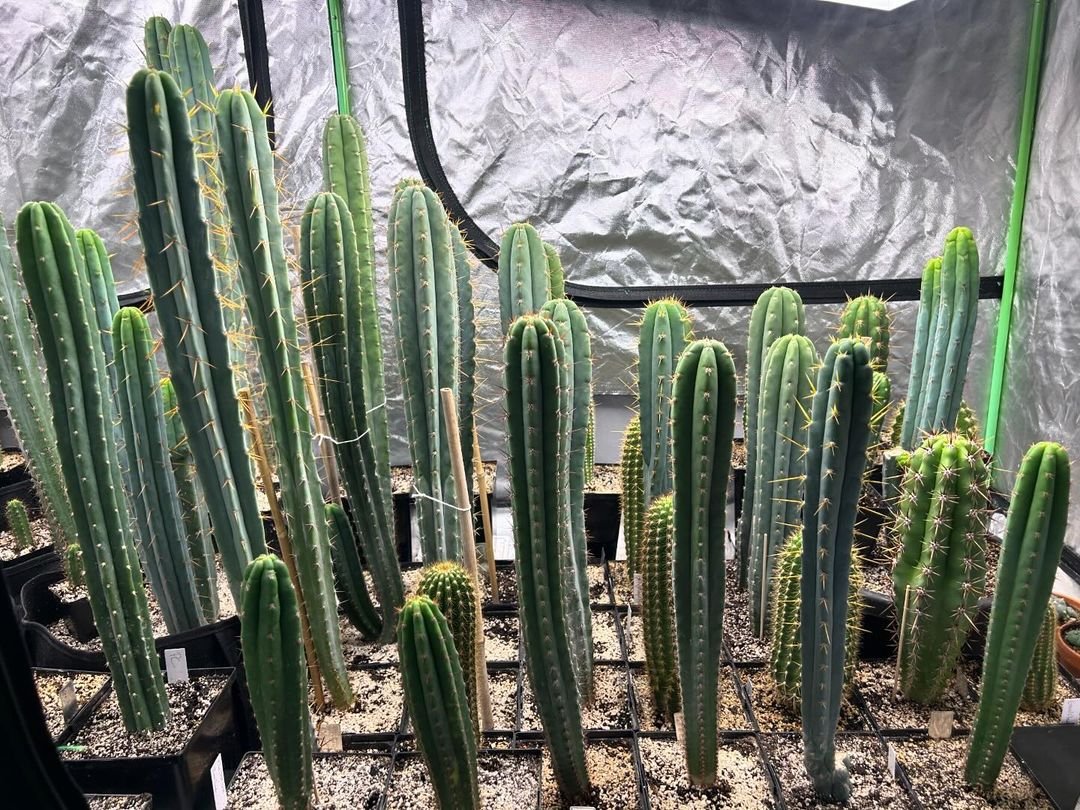
One of the most critical aspects of caring for a San Pedro cactus is proper watering. These cacti are drought-tolerant and should only be watered when the soil is completely dry. During the growing season (spring and summer), water thoroughly and then allow the soil to dry out completely before watering again. In winter, reduce watering frequency to prevent root rot.
5. Fertilizing:
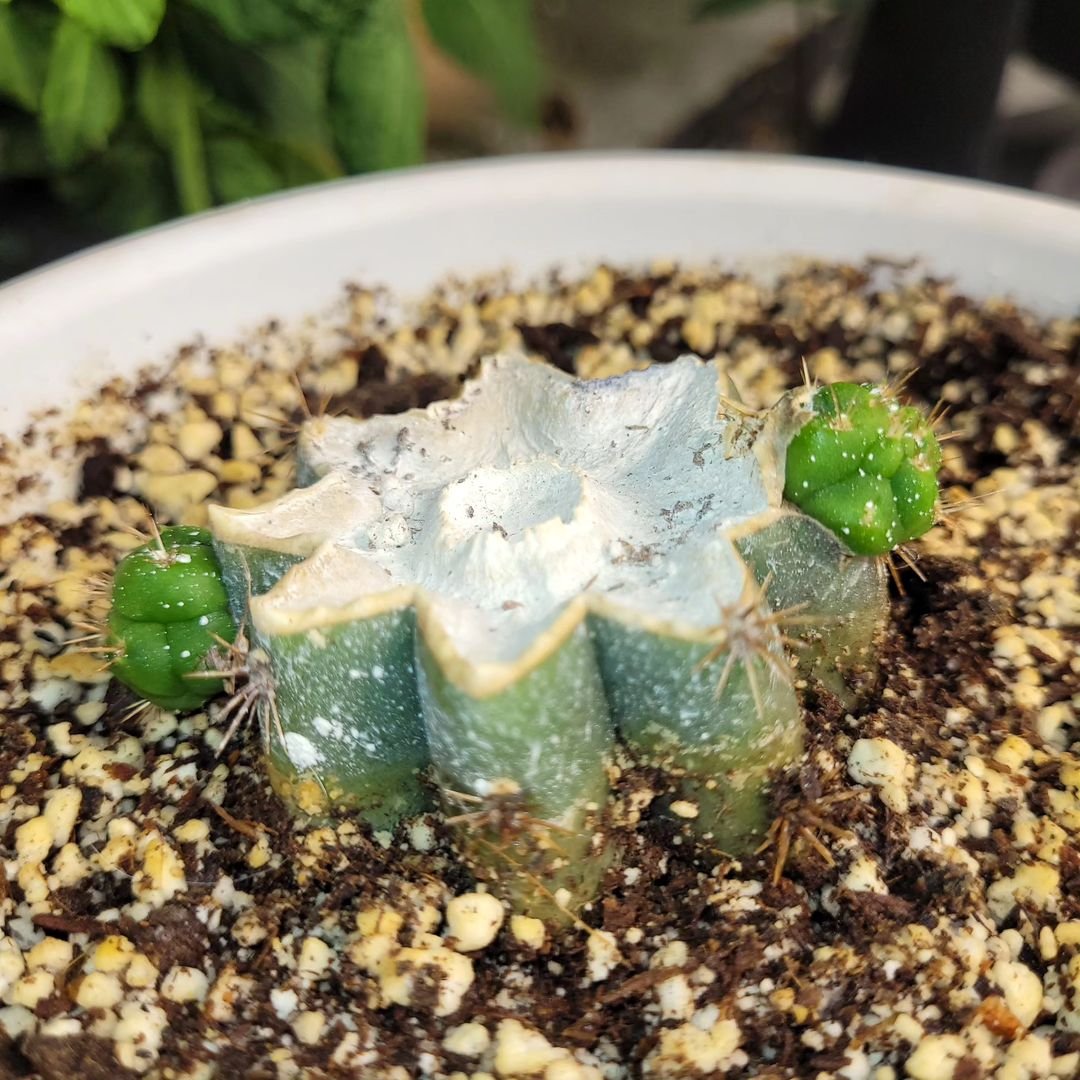
Like most cacti, San Pedro plants have modest fertilizer requirements. Use a balanced, water-soluble fertilizer diluted to half strength during the growing season. Avoid over-fertilizing, as it can lead to excessive growth and potential damage to the plant.
6. Repotting and Propagation:
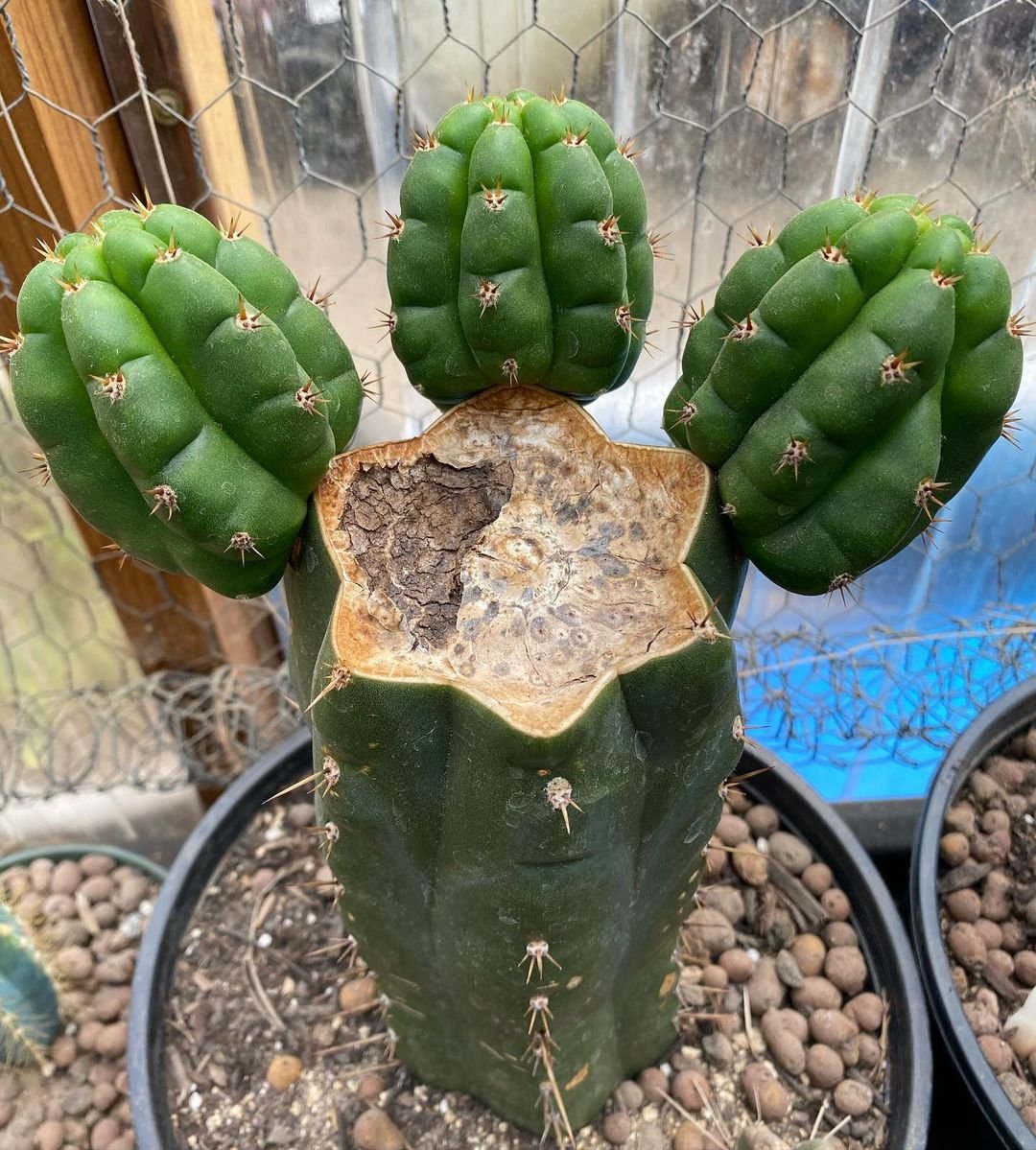
San Pedro cacti are relatively slow-growing and may only need repotting every 2-3 years. When repotting, use a slightly larger container and fresh soil mix. Propagation can be achieved through seed germination or stem cuttings, although the latter method is more commonly used.
Caring for San Pedro Cactus:
1. Pest and Disease Management:
While San Pedro cacti are generally resilient, they can be susceptible to common cactus pests like mealybugs, spider mites, and scale insects. Regular inspections and prompt treatment with appropriate organic or chemical methods can help prevent infestations. Additionally, proper watering and soil drainage can minimize the risk of root rot and other fungal diseases.
2. Pruning and Shaping:

San Pedro cacti can grow quite tall, reaching up to 20 feet in their natural habitat. If you prefer to keep your plant more manageable, you can prune the top growth or remove side branches as needed. Always use clean, sterilized pruning tools to prevent the spread of diseases.
3. Winter Care:
In cooler climates, it’s essential to provide proper winter care for your San Pedro cactus. Move the plant indoors or to a sheltered location, and reduce watering frequency to allow the plant to enter a dormant state. Avoid exposing it to temperatures below 50°F (10°C) for extended periods.
Appreciating the San Pedro Cactus:
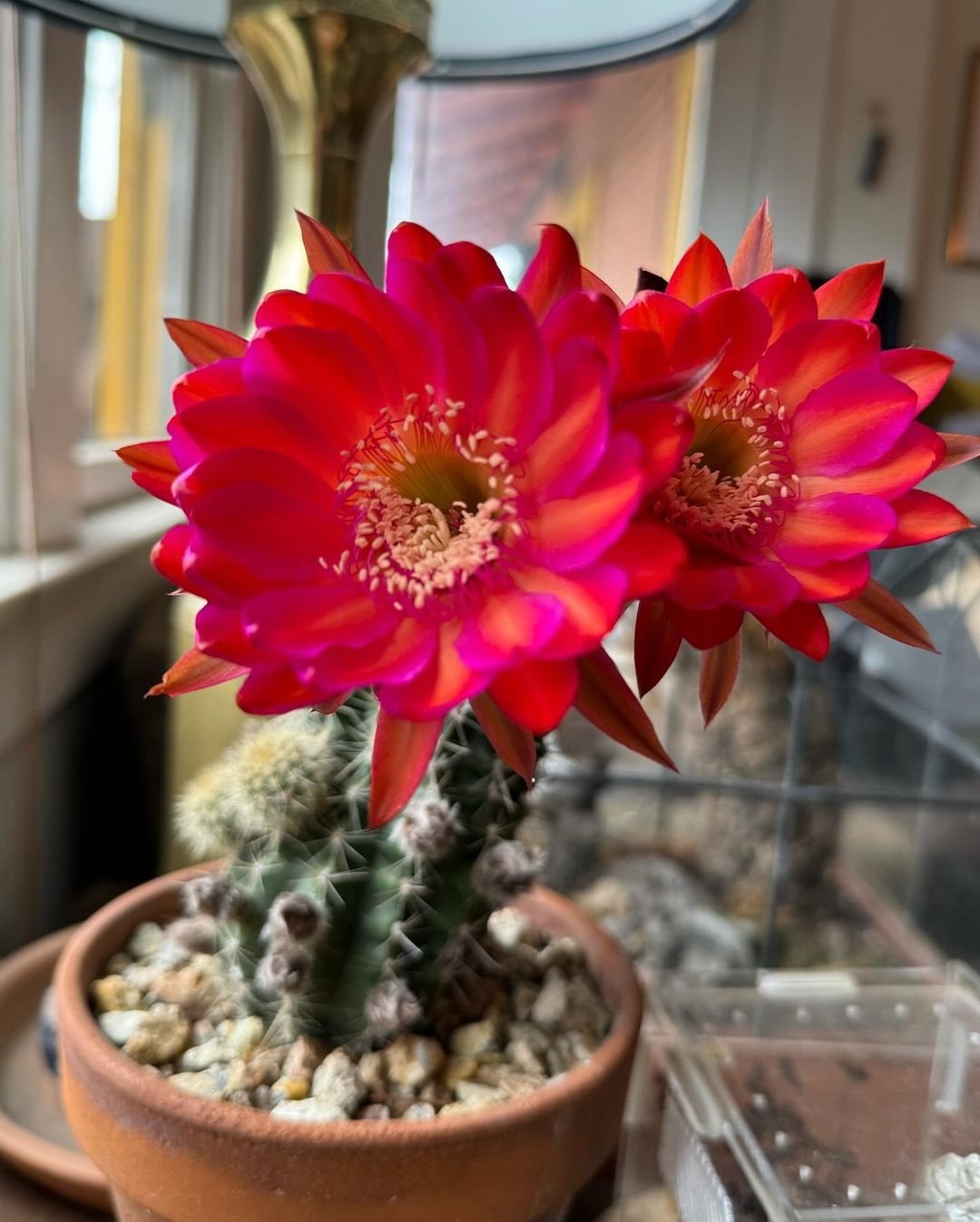
Beyond its practical cultivation, the San Pedro cactus holds a unique place in history and culture. Its striking appearance and spiritual significance make it a fascinating subject of study and appreciation. Consider incorporating your San Pedro cactus into your home or garden décor, creating a dedicated cactus display, or even joining a local cactus society to connect with fellow enthusiasts.
Remember, growing and caring for a San Pedro cactus requires patience, dedication, and a deep respect for this remarkable plant. With the right knowledge and approach, you can enjoy the beauty and wonder of this extraordinary species for years to come.
Reference Links:
Pingback: San Pedro Cactus: Growing from Seed to Success
Pingback: Boobie Cactus: A Comprehensive Guide - Gardener's School
Pingback: Elegant Anemone Flowers: A Comprehensive Care Guide - Gardener's School
Pingback: Complete Guide to Growing Queen of the Night Flower - Gardener's School